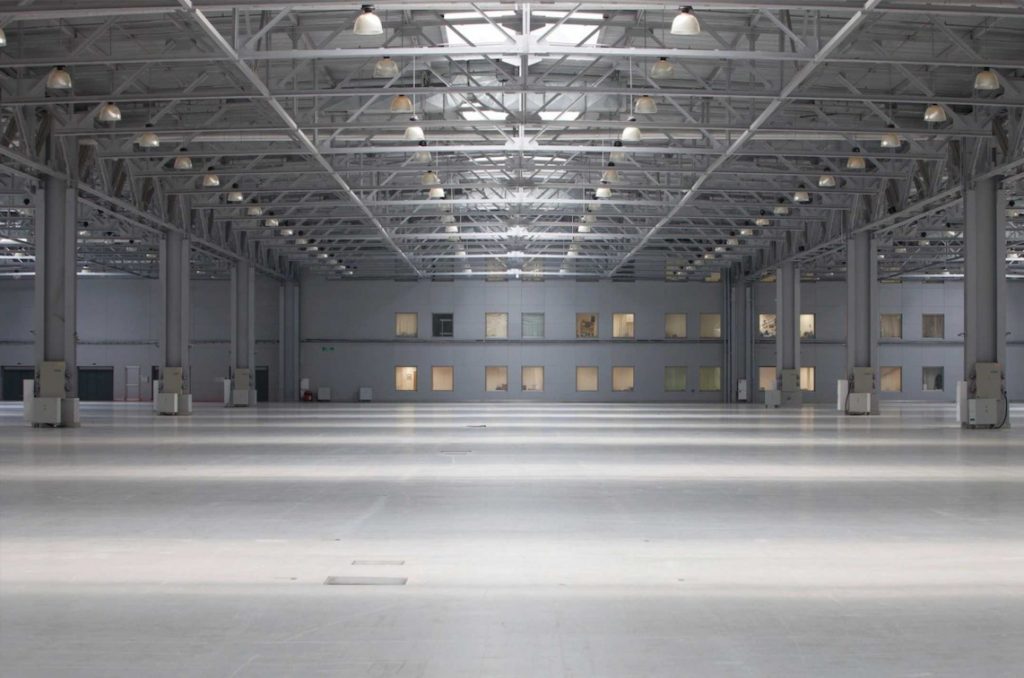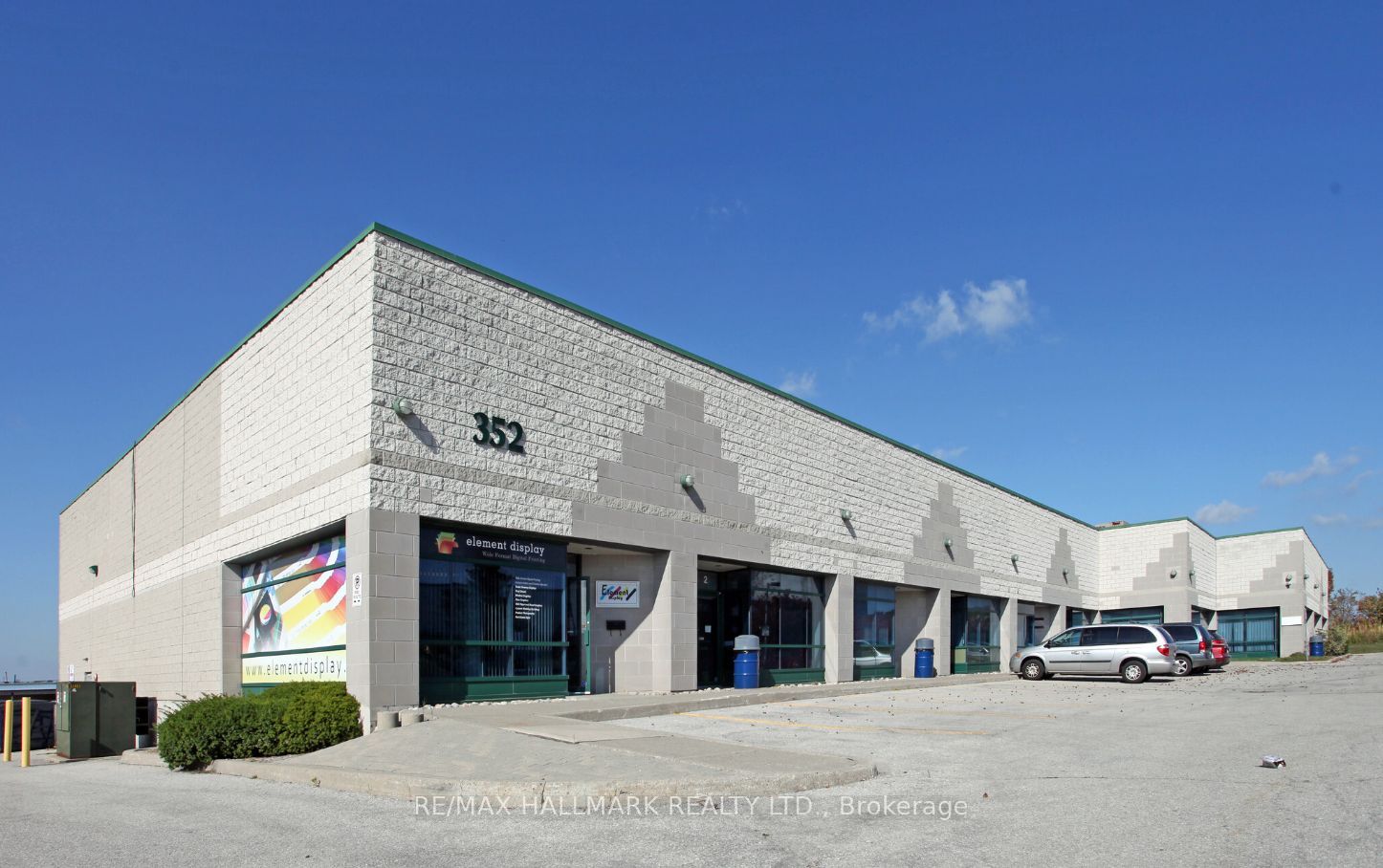Industrial CRE: 'Darling Asset Class' Remains A Good Investment

Industrial CRE: ‘Darling Asset Class’ Remains A Good Investment
While the Canadian industrial real estate market has slowed a bit after several years of remarkable growth, it remains a favoured asset class for investors.
Colliers vice-chairman Gord Cook moderated a four-person panel that considered the state of the market and where it’s going during the recent Real Estate Forum at the Metro Toronto Convention Centre.
“Industrial has obviously been the darling asset class, probably since 2015,” said Cook in his introduction, pointing out the substantial growth in industrial rents since then — including high single-digit growth in 2023.
Cook also acknowledged industrial transaction volume had been strong during the year, exceeding $8 billion by the end of Q3. While institutional investors have stepped back and real estate investment trusts have been relatively quiet despite strong market fundamentals, private investors picked up the slack.
A number of new developments were delivered and there’s a strong pipeline for 2024, he noted.
So, while vacancy rates remain very low, many in the industry are wondering if we might be getting closer to a balanced market with supply catching up to demand as listings numbers grow and sublet space increases.
“E-commerce spending is slow, which has been a big driver of our industrial base,” Cook said. “And what I think is really interesting is there’s generally a surplus capacity in the global supply chain.”
Oxford Properties Group
Oxford Properties Group has ownership stakes in warehouse, manufacturing and distribution facilities across North America, Europe and Asia-Pacific.
Its Canadian industrial portfolio is heavily weighted in the Greater Toronto Area, but it also owns buildings in Alberta and British Columbia.
While demand for industrial product exploded during the pandemic, Oxford vice-president of industrial Alistair Pickering believes the market has entered a more normalized period.
“There will be a subset of companies who probably overreached and have a little too much space where they were just grabbing whatever they could and if they couldn’t get size-appropriate space they had to take more,” Pickering observed.
“Then we’ve got the effect of safety stock and re-shoring, which I think is a longer-term structural benefit for the industrial market.
“I think the shocks that the supply chain collapse caused have resulted in companies looking at keeping more stock on hand nearby, but also diversifying their supply chains.”
While Pickering said the United States has done a better job of encouraging the re-shoring of manufacturing, Oxford is seeing some manufacturing coming into its portfolio.
“We’re seeing demand be very muted at the moment and I think some of that is just the level of uncertainty,” Pickering said. “I think anyone who can avoid making a decision is avoiding making a decision.
“I don’t think we need to panic about that yet. I think once we start to see some stabilization and people have a reasonable view of what the future looks like, then I think those decisions will flow.”
E-commerce adoption in Canada is behind the U.S., and even further behind other parts of the world, so Pickering thinks there’s still room for growth there that will benefit industrial real estate.
“Demand is going to be tied to consumption,” he noted.
“As GDP starts growing, then people will be consuming goods and they’ve got to be manufactured, stored and distributed from somewhere. So I think the fundamentals are still very good for our industrial business.”
Even if per capita consumption is slightly suppressed, Pickering said that should be offset by Canada’s growing population.
Dream Summit Industrial LP
Dream Summit Industrial LP is owned by a joint venture between GIC and Dream Industrial REIT created through February’s $5.9-billion acquisition of Summit Industrial Income REIT. Singapore-based GIC owns 90 per cent of the venture.
Dream Summit senior VP of asset management Kimberley Hill said tenants are becoming more cautious, taking longer to make leasing decisions, pushing back on annual rent escalators and enjoying a growing number of options on where to lease.
Hill said Dream Summit can still get annual rent escalations of more than five per cent for small-bay buildings.
For larger buildings with leases of 10 years or more they’re trying to get four to five per cent early and taking it down to three per cent at the back end.
Dream Summit has significantly overshot its pro formas in Guelph and it’s seeing increasing interest in its developments from companies that service electric vehicle manufacturers, according to Hill.
Due to the rapid rent escalations of recent years, older buildings are now getting rents just a dollar per square foot less than new, speculatively constructed facilities.
Hill doesn’t think that quality relative to price is being fairly factored in today’s market.
Hill remains bullish on new development, however, because new buildings have a long track record of attracting higher rents and she believes that will continue.
BGO
BGO serves over 750 institutional clients with approximately US$81 billion of office, industrial, multiresidential, retail and hospitality property assets under management in 13 countries.
Managing partner Keith Major said most of 2023’s Canadian industrial rent growth took place in Q1, but tenants looking to renew after coming off of long-term leases are still experiencing “sticker shock.”
There are still good opportunities to get healthy annual rent escalators for small-bay buildings, according to Major, who doesn’t see annual increases ending for any size of facility.
“We need a way to hedge against inflation and we need a way to match up better to long-term yields on bonds and some of the other instruments,” Major said.
New entrants to the market have increased demand for food and food-processing facilities, and Major said some older buildings are being modernized to accommodate this sector.
“We love those tenants because they make a huge investment in the real estate and they’re really committed long-term,” said Major. “They’re very stable from a business perspective.”
Most sublet space is available in large buildings at the moment, but Major expects some tenants that needed 50,000 square feet two years ago, but took 75,000 because that’s what was available, may pull back when their leases expire.
Pure Industrial
Pure Industrial acquires, develops, leases and manages industrial real estate across Canada, including approximately 18 million square feet in the Greater Toronto Area, 17 million square feet in the Greater Montreal Area, four million square feet in the Greater Vancouver Area and four million square feet in Edmonton and Calgary.
President and COO David Owen said tenants are being hit with higher costs across the board and rents remain a relatively small portion of their overall expenses.
Larger buildings generally have longer leases of 10 to 15 years, particularly for new developments, while leases for smaller buildings generally range from three to five years.
Owen said there’s more pushback on annual rent escalators for the longer leases, while they’re still getting north of five per cent for some properties with shorter leases.
While Pure doesn’t have much sublet space in its portfolio, Owen said landlords have become more willing to offer incentives, including free rent and tenant improvements.
Owen doesn’t expect much new industrial product to enter the Canadian market from 2025 to 2028.
Source Renx.ca. Click here to read a full story









